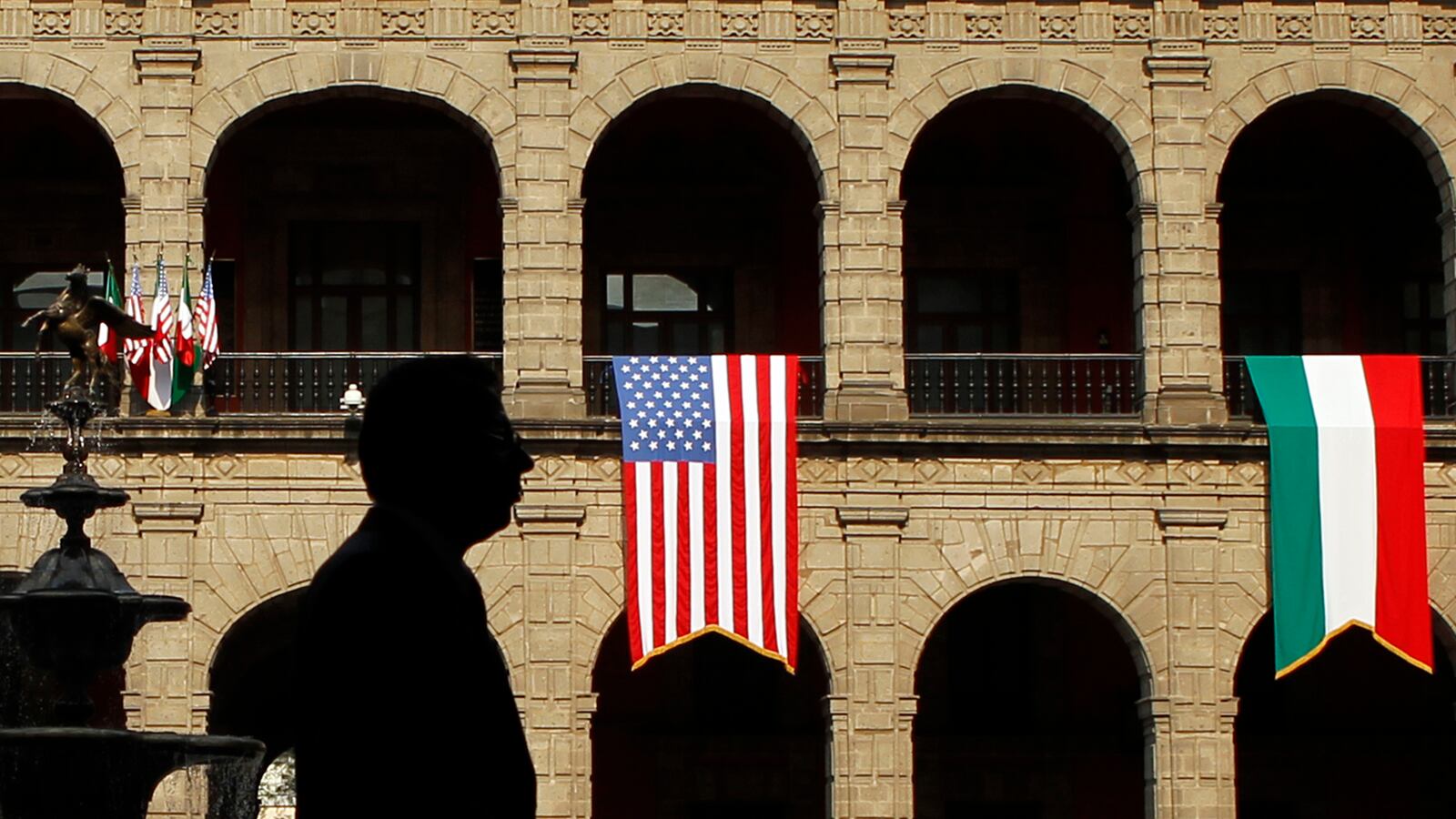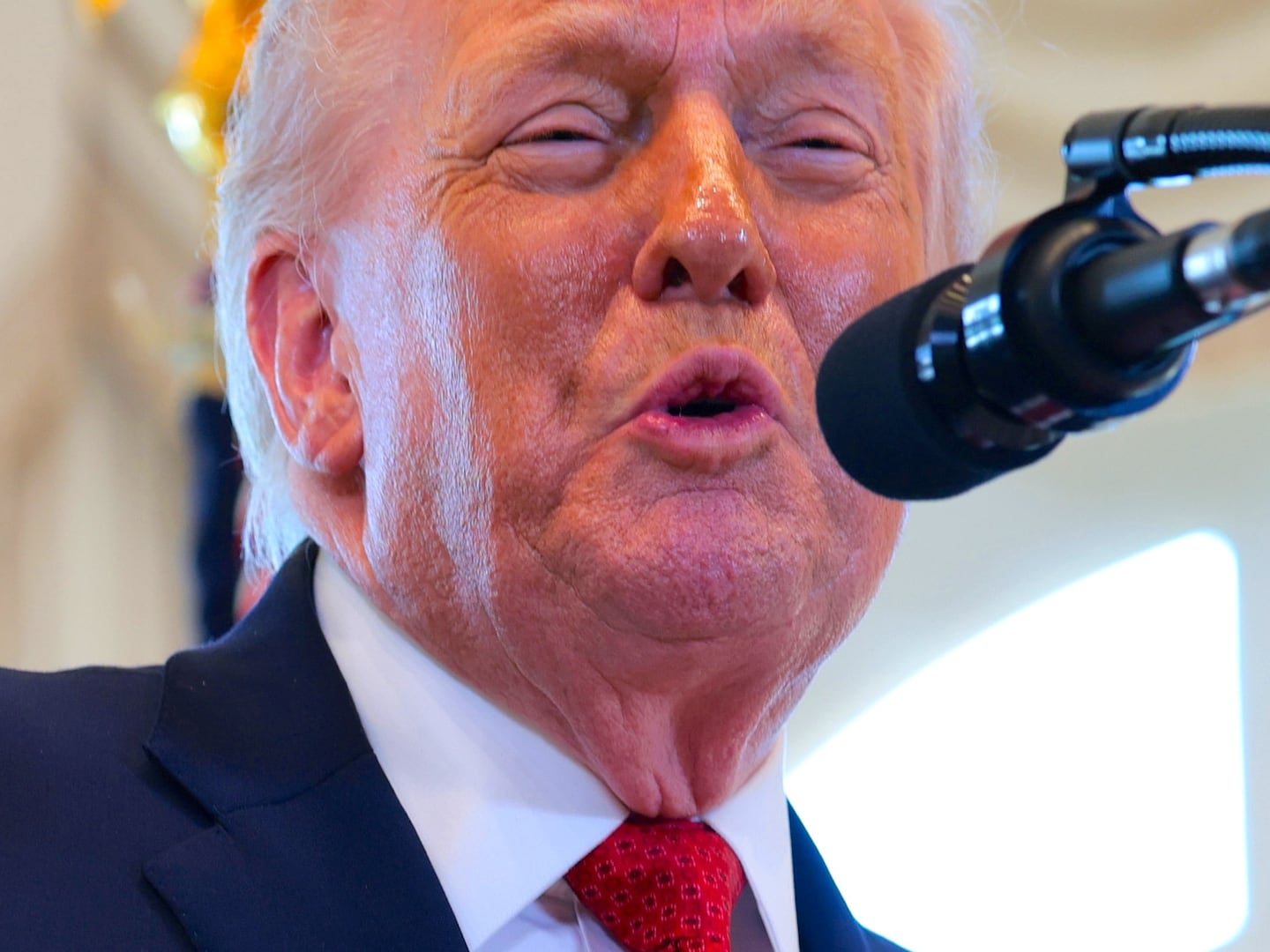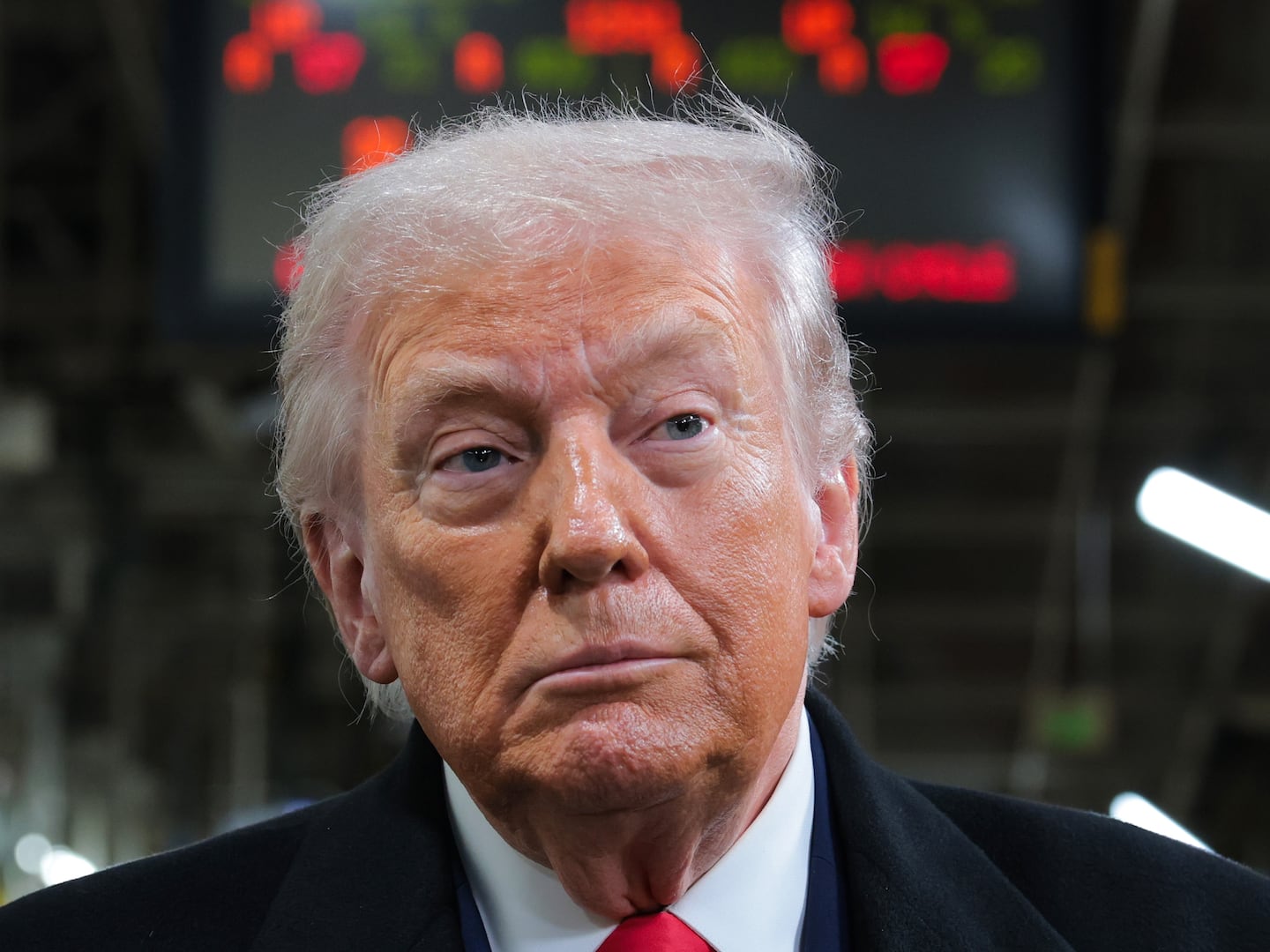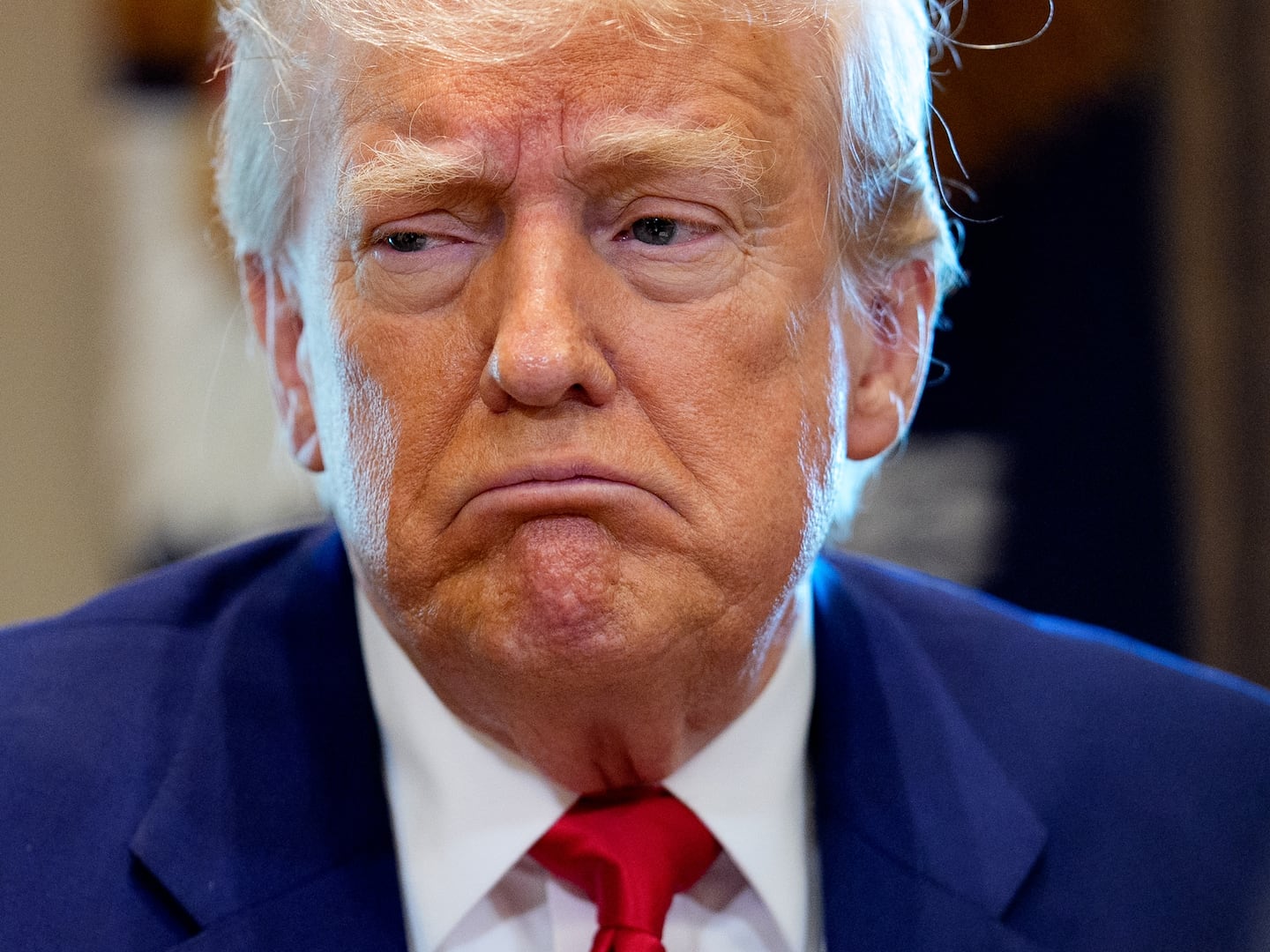MEXICO CITY, Mexico — Suddenly, it seems, Mexico City is a favorite destination of American politicians. On Wednesday, Secretary of State John Kerry will join a wave of governors and mayors who have been visiting the largest city in the Americas.
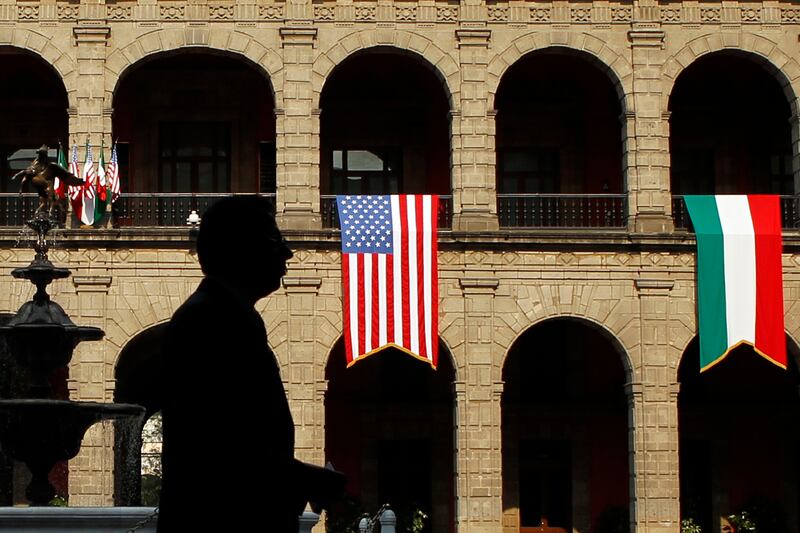
President Barack Obama has visited Mexico five times since he took office, more than any other country except France. Secretary of Commerce Penny Pritzker went to Mexico earlier this year accompanied by 17 companies interested in expanding their business.
From 2005 to the end of 2013—eight years—only two U.S. governors visited Mexico. In the last couple of months three have been there, with more on the way.
Although historical relations between the U.S. and its southern neighbor are complicated, to say the least, the reason for the interest now is simple: money and jobs. These distinguished norteamericanos are looking to increase bilateral trade and Mexican investments in the U.S.A. Even now, while Mexico is the world’s 12th largest economy, it is the second largest importer of U.S. products after Canada.
Gone are the years in which just about any candidate for public office in the United States proposed anti-immigrant laws to win voter sympathy. That still happens in some quarters, but most American politicians running for office—even those looking to fill what once was the infamously immigrant-unfriendly governor’s mansion in Arizona—talk about job creation programs. And, sometimes quietly, sometimes not, that program often includes a trip to Mexico City accompanied by entrepreneurs and investors to open an office in the capital and meet with companies, universities and Mexican officials seeking to expand opportunities for U.S. businesses south of the border.
At present, six million American jobs depend on bilateral trade with Mexico, which reached more than $535 billion in 2012, almost double what it was in 2009 when Obama took office. Twenty-three states—almost half those in the union, and some of them as far from the border as the Dakotas and Iowa—have Mexico as their first- or second- largest trading partner. But many governors have realized much more can be done.
Only one percent of U.S. companies sell products outside the U.S., according to the Commerce Department, but exporting firms generate 14 per cent of the gross domestic product. “Imagine the growth potential if only 5 per cent of U.S. companies begin to export,” says Hank Marshall, director of the office of economic development for the city of Phoenix.
“Today, all candidates for governor of Arizona have in their action plan a trip to Mexico to meet the Mexican president and his cabinet,” says Margie Emmermann, policy adviser on Latin America and Mexico for Gov. Jan Brewer of Arizona. Yes, the same Gov. Brewer who signed the controversial Arizona state law SB 1070 four years ago, which required local security agencies to arrest anyone with foreign appearance, is no longer in effect. Two years ago, the U.S. Supreme Court struck down most of its provisions, and Brewer, who cannot run for reelection because of term limits, has turned the page.
“We want people to know Arizona as a great friend of Mexico, and change the perception of the state,” said Emmermann during the visit of Phoenix Mayor Greg Stanton to Mexico City last March. Stanton has traveled eight times to the Mexican capital since he took office in January of 2012. In the week of 12 to 16 May, another Arizona trade delegation was visiting Mexico City and Guadalajara, luring more Mexican investors.
Another joining the crowd is Gov. Pat Quinn of Illinois. Although Mexico has always been the second largest trading partner of Illinois, no governor had visited Mexico City in the last 13 years. Now the state maintains an active office in Mexico City to promote its products and agricultural businesses in the country. Gov. Gary Herbert of Utah, the governor of Utah wants to increase exports of his state to $9 billion by 2015.
In June, Gov. John Hickenlooper of Colorado will make his second trade mission to Mexico City. In 2012, he visited the country to expand agricultural exports from Colorado, but this time he is interested in meeting Mexican officials at state-owned oil company Pemex and power company CFE, to explore a potential collaboration in the energy sector.
California, where the unemployment rates is 8.7 percent, is definitely looking south for help. The mayor of San Diego, Kevin L. Faulconer, recently visited the aircraft plant of Bombardier in Querétaro and a month ago he was in Tijuana. “We’re working to put San Diegans back to work, creating opportunities for good- quality jobs on both sides of the border,” said Faulconer. California Gov. Edmund G. Brown is planning a trade mission to Mexico City in late July.
In late March, after Massachusetts Gov. Deval Patrick visited Mexico, three companies from his state forged partnerships with Mexican companies for the construction of a solar power plant of 30 megawatts in Zacatecas.
Mexican investment in the U.S. increased 11 per cent from 2012 to 2013, and currently totals $27.9 billion. Mexican foreign direct investment in the U.S. is among the 20 top source countries. Mexican food, steel, petrochemical, retail and entertainment corporations have increased their participation in the U.S. market substantially. Almost 4,000 investor visas were issued to Mexicans in 2012, more than any other country except Japan and Germany, according to the U.S. Embassy in Mexico City.
“Five years ago we were only interested in doing business with Mexico, now we really want it,” says Hank Marshall from Phoenix. He’ll just have to get in line.

